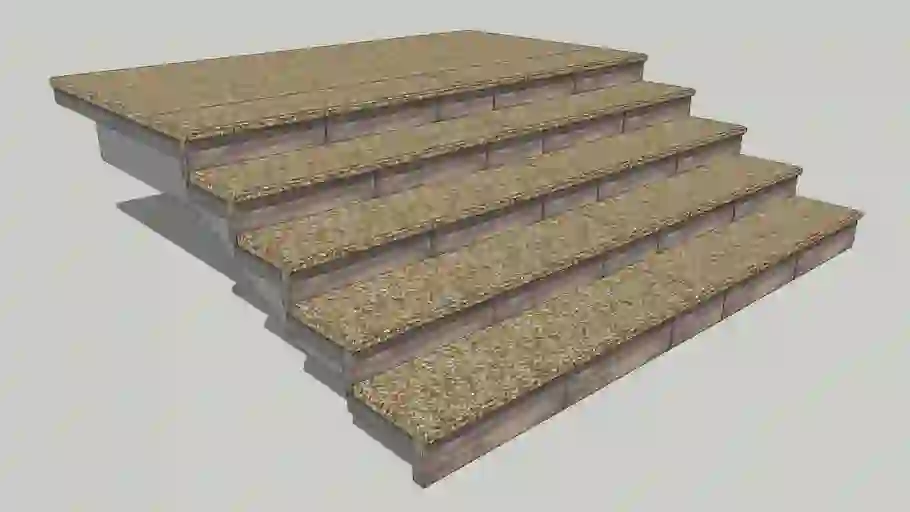Why Hire a Professional Stair Cleaning Service?
- 1025 Views
- Ryan Reynolds
- August 2, 2022
- Home Improvement
Denmark is a world-famous country that is well worth visiting, if only for the design and innovation. However, the country also prides itself on its uncomplicated way of life. That’s why a Danish family built their sleek home on the island of Zealand, complete with HARO laminate floors. They were so impressed with the results of their work that they decided to keep it in great condition for as long as possible.
Cleaners
There are plenty of reasons to hire a professional stair cleaning service in Copenhagen and the surrounding areas. Many cleaning services offer regular cleaning as part of their regular service, which involves dusting and wiping down surfaces. Alternatively, you can request a quote from a cleaning service in Copenhagen North. In both cases, it is important to choose a company that meets the highest standards of cleaning. Listed below are some of the most common cleaning tasks.
Locations
Denmark is a world-renowned country with a clean, uncomplicated way of life. A Danish family built a stunning modern home on the island of Zealand and installed laminate floors throughout. Stairs in the Copenhagen area should look brand new and inviting. These professional cleaners are available to provide routine cleaning and deep cleaning services. Routine cleaning involves general tidying and wiping down surfaces, dusting, mopping, and vacuuming. Deep cleaning is typically a thorough cleaning of windows and outdoor areas.
Branded carpeting is often more durable than its cheaper counterparts as Trappevask, and it will last longer than cheaper, unbranded alternatives. A great quality stair carpet will have a warranty that covers installation on stairs. Many brands do not cover stairs, and others shoehorn their warranty exclusions into the fine print. Some brands, however, have a specific line in their warranties that states that the carpet cannot be installed on stairs.
Safer than strippers on carpeted stairs
A common question among homeowners is: “What is safe to use on carpeted stairs?” The answer is simple: you can use a stripping compound to remove the old finish. If your stairs are made of wood or concrete, you can use stripping compound to remove the old finish. To apply anti-slip tape, you can follow the manufacturer’s instructions. First, you should scrape off the old finish. Next, you should paint a strip of primer on the stairs. Use a primer that is appropriate for the type of wood or concrete you want to protect. Allow the primer to dry before applying the anti-slip tape. Finally, position the strip about 1/2 inch from the edge of each stair step. Be sure not to touch the adhesive while working.
While a paint stripper can remove many layers of paint, it is not the most effective choice for a high-traffic location such as a staircase. However, it is safer, faster, and more environmentally friendly than strippers. To test the carpet, you can simply pull it up a bit. You can then staple it down so you won’t have to worry about losing it again. Another option is to use a large wrench with long handles so that you can easily grip the carpet. If you’re not comfortable using a wrench, use a utility knife and make sure to wear work gloves and goggles.
You can also use pliers and a pry bar to pull out the carpet from the stairs. After you have pulled the first strip out, it’s time to remove the rest of the carpet. After you’ve done this, you can use a flat head screwdriver to pull the staples out. If you’re working on a carpeted staircase, it is helpful to put on some music to keep yourself entertained while you’re removing the carpet.
Moreover
Using a stair tread to protect high pile carpets is also helpful. High pile carpets are more vulnerable to scratching and bruising. Also, stair treads make carpeted stairs safer than hardwood stairs. This is because hard surfaces are slicker. The difference between a scratch and a bruise can be determined by how long the carpet has been in place. If you can move it around, the carpet may survive.
More information https://www.techbusinessly.com





